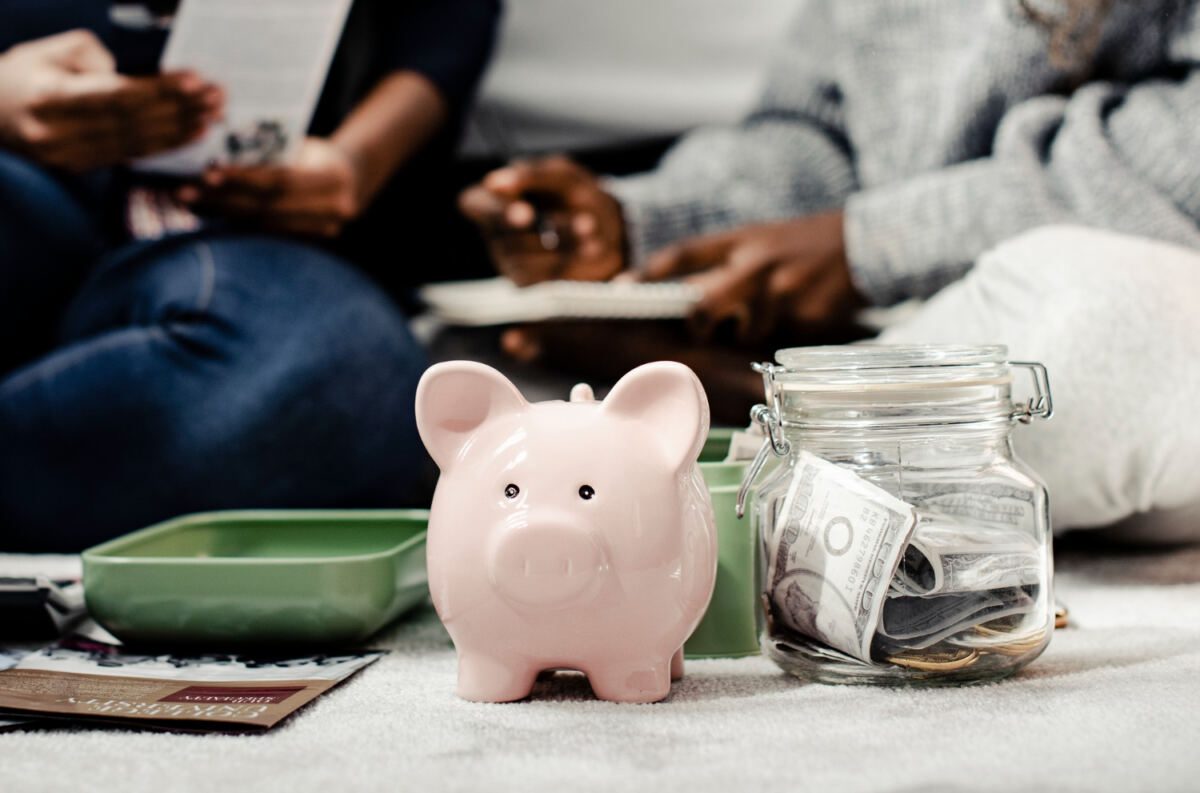With startups and modern professionals facing unpredictable cash flow and expenses, it’s essential to plan for financial shocks. Building an emergency fund is one of the first steps to protect yourself from unplanned expenses.
What Is an Emergency Fund?
An emergency fund is a cash reserve set aside for unplanned expenses or financial emergencies, such as car repairs, medical bills, or a loss of income. Having a dedicated emergency fund helps you recover quickly and stay on track toward larger savings goals.
Why You Need a Financial Safety Net
Without savings, a small financial shock can lead to reliance on credit cards or loans. This can create debt that’s hard to pay off and may force you to dip into retirement savings or other long‑term assets. A strong emergency fund helps you avoid these pitfalls and maintain financial stability.
Emergency Fund Loans as a Last Resort
If you haven’t built up enough savings, emergency fund loans can provide short‑term relief. Digital lenders may deposit funds directly into your account with quick approvals; however, treat these loans as a last resort and compare fees and terms carefully. For more details on how these loans work and what to consider, check out this emergency fund loan guide.
Beware of Payday Loans
Many “no credit check” options are essentially payday loans. According to the Consumer Financial Protection Bureau, payday loans are short‑term, high‑cost loans usually repaid on the next payday. They often don’t require a credit check and can carry fees equivalent to annual percentage rates (APRs) of nearly 400%. Borrowers give lenders authorization to withdraw funds directly from their bank accounts. Use caution and explore alternatives before committing to a payday loan.
Strategies to Build Your Emergency Fund
Building savings is possible even if you’re starting small. Set a clear goal for your emergency fund, create a system for consistent contributions, and consider setting up automatic transfers from your checking to your savings account. The Consumer Financial Protection Bureau recommends tracking your progress, celebrating milestones, and staying flexible with your contributions. Even modest contributions can grow into a meaningful buffer.
Conclusion
Financial resilience comes from preparation. Startups and professionals can protect themselves by building an emergency fund and understanding the costs and risks of emergency loans. By leveraging modern budgeting and savings tools, you can stay prepared for whatever comes your way.








